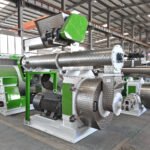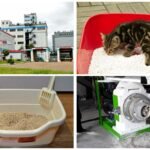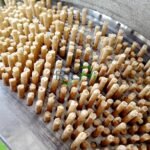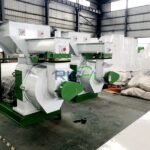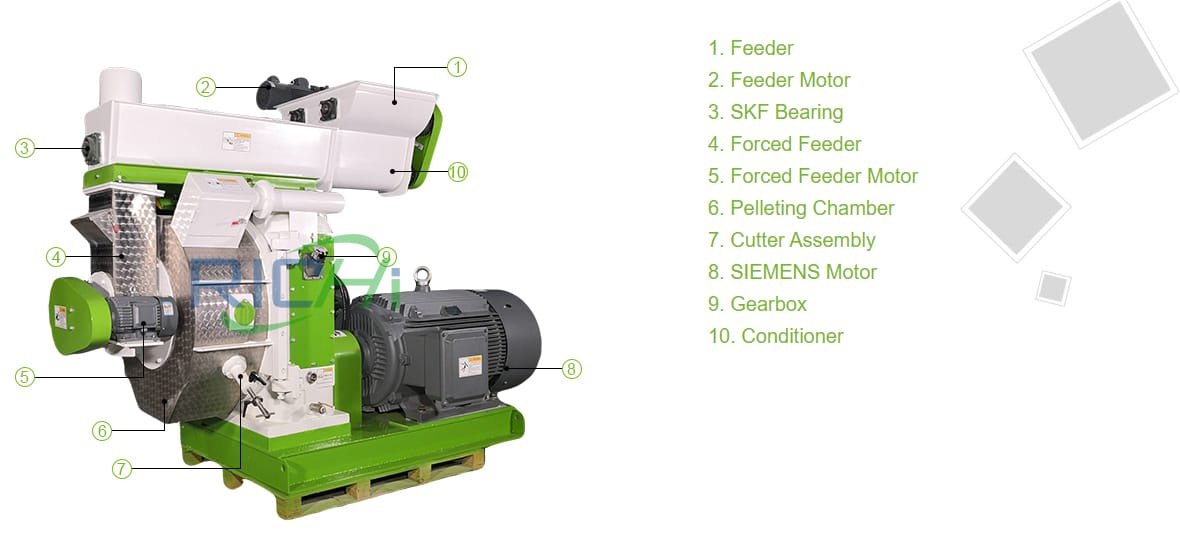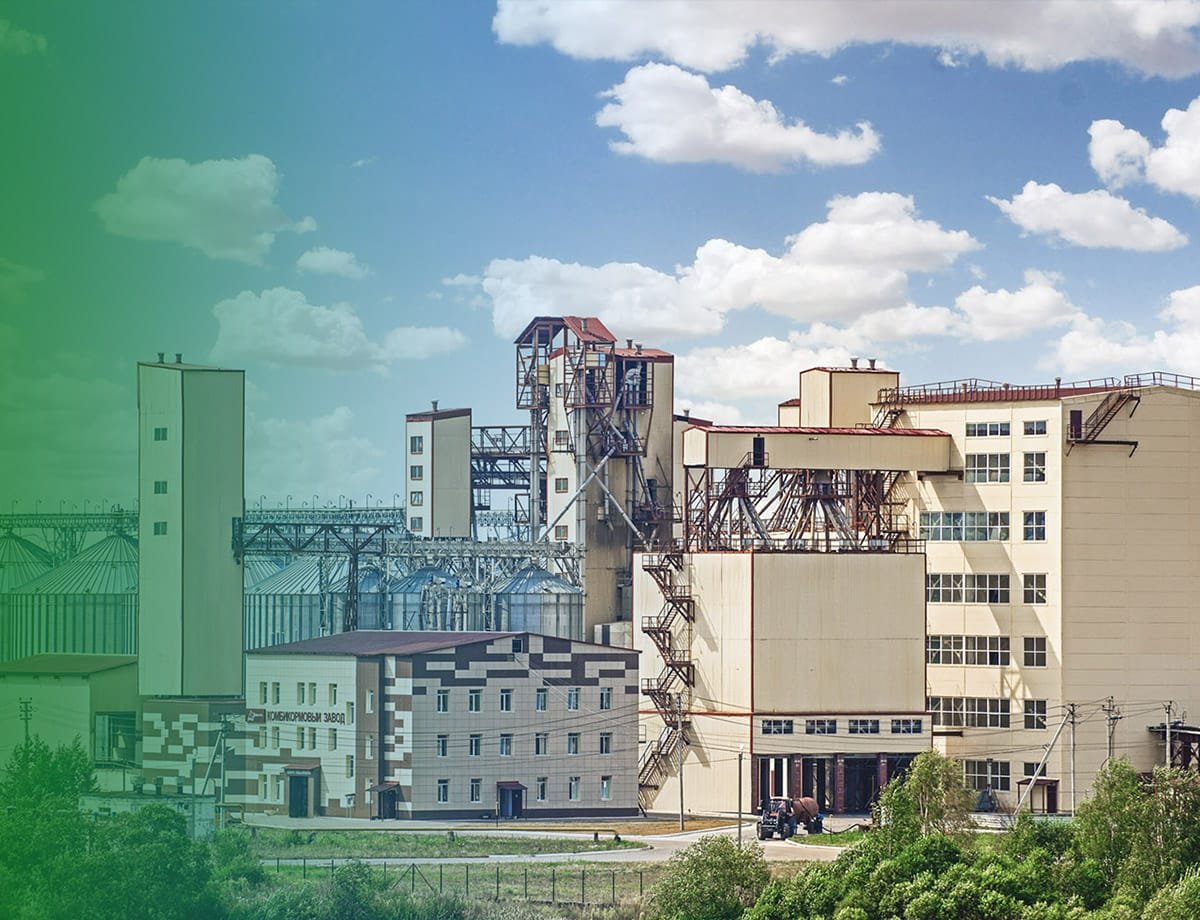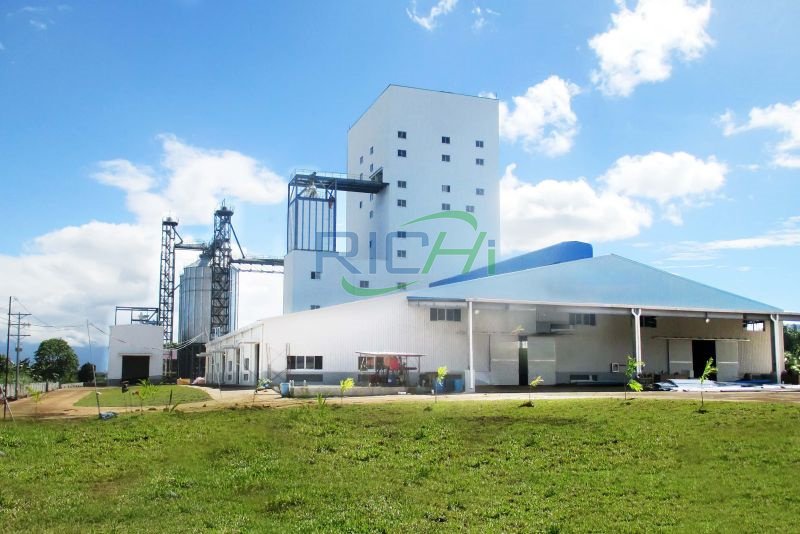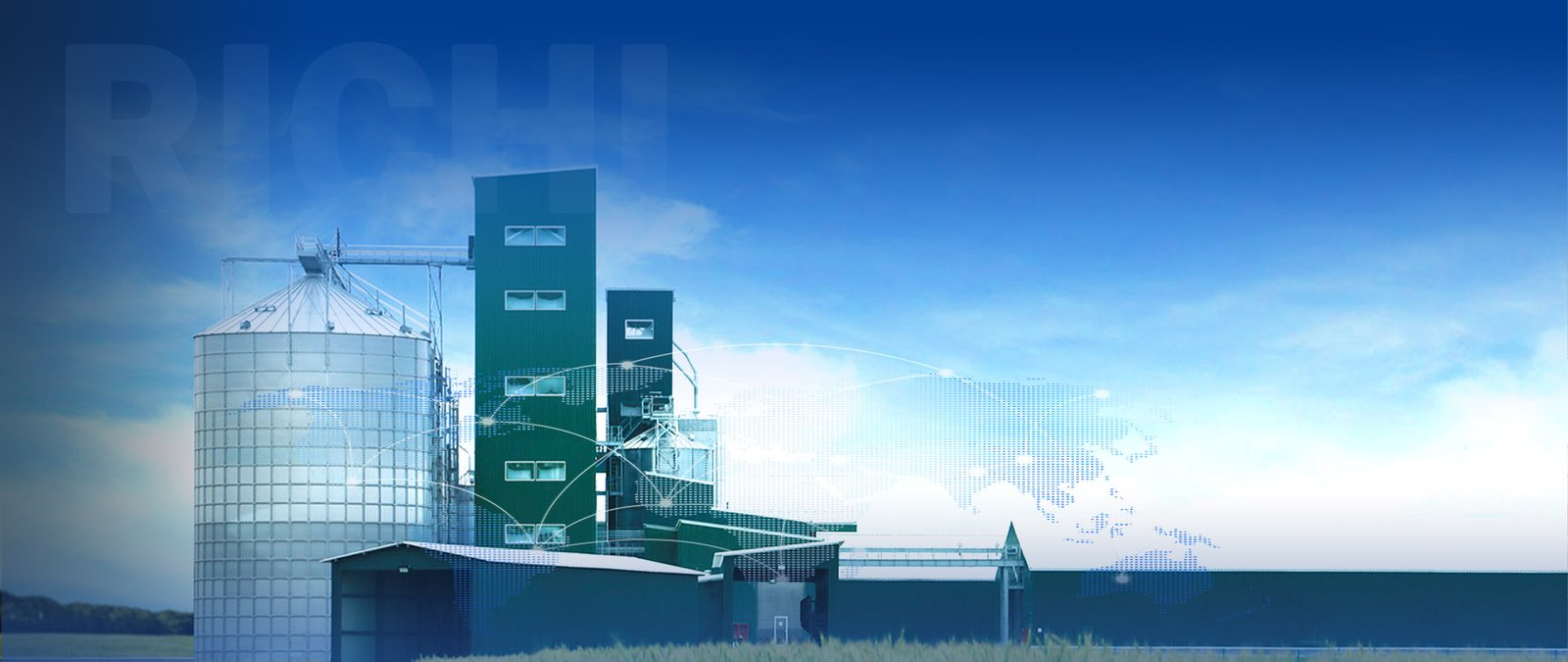In the ever-evolving landscape of sustainable agriculture and waste management, the utilization of cow dung as a valuable resource has gained significant traction. This nutrient-rich byproduct, once considered a mere waste stream, has emerged as a powerful organic fertilizer and soil amendment, offering numerous benefits for crop production and environmental stewardship.
Benefits of Cow Dung Pellets:
- Improved Nutrient Availability: The pelletizing process breaks down the complex organic matter in cow dung, making nutrients more readily available for plant uptake, enhancing crop growth and yields.
- Reduced Odor and Pathogen Levels: High temperatures and pressures involved in pelletizing reduce odors and eliminate potential pathogens, making pellets safer and more pleasant to handle.
- Ease of Application: Pelletized cow dung can be applied using conventional spreaders, eliminating manual spreading and reducing labor costs.
- Extended Nutrient Release: Pelletized cow dung provides a slow-release mechanism for nutrients, ensuring consistent supply throughout the growing season and minimizing nutrient leaching.
- Improved Storage and Transportation: Pellets are compact, uniform, and easy to store and transport, reducing logistical challenges associated with raw cow dung.
Setting Up and Operating a Cow Dung Pellet Making Machine:
- Site Selection and Preparation: Choose a suitable location near the cow dung source, with access to utilities and compliance with local regulations.
- Machine Selection and Installation: Select a machine based on capacity, energy efficiency, and automation. Ensure proper installation by engaging with reputable manufacturers or suppliers.
- Raw Material Preparation: Pre-process cow dung by drying, grinding, or mixing with other organics to achieve desired moisture content.
- Pelletizing Process: Feed prepared material into the machine for compression and extrusion through a die, optimizing settings for quality and efficiency.
- Cooling and Packaging: Cool hot pellets to maintain integrity, then package for storage and distribution.
- Maintenance and Safety: Implement regular maintenance and safety protocols to ensure optimal machine performance and operator safety.
Optimizing Pellet Quality and Nutrient Content:
- Nutrient Analysis: Conduct regular analysis to determine nutrient composition and guide application rates.
- Additive Incorporation: Consider adding materials like rock phosphate or beneficial microorganisms to enhance nutrient profiles.
- Composting Integration: Integrate composting pre or post-pelletizing to stabilize organic matter and improve pellet quality.
- Storage and Handling Practices: Store pellets in a cool, dry place to avoid nutrient loss and degradation.
Related post: https://www.richipelletmachine.com/horse-manure-pellet-maker/
Marketing and Distribution Strategies:
- Branding and Labeling: Highlight organic and sustainable attributes on clear, informative labels.
- Direct Sales and Partnerships: Explore local sales and partnerships with agricultural cooperatives or online retailers.
- Educational Outreach: Engage in workshops and events to educate about benefits and practices.
- Certifications and Accreditations: Pursue organic or sustainable certifications to enhance credibility.
By following these guidelines and best practices, cow dung pellet making machines can transform waste into a valuable resource for sustainable agriculture and environmental stewardship.



